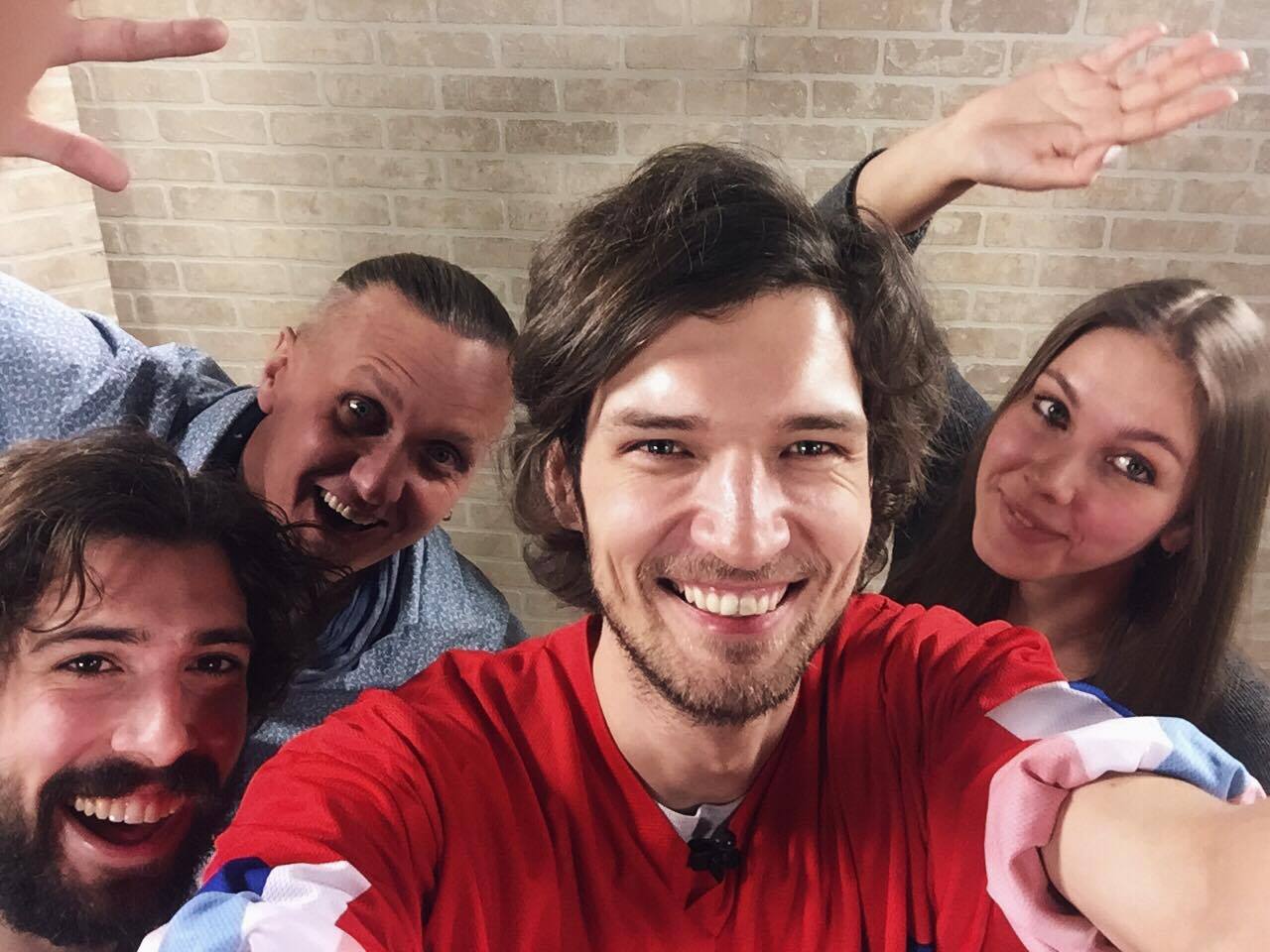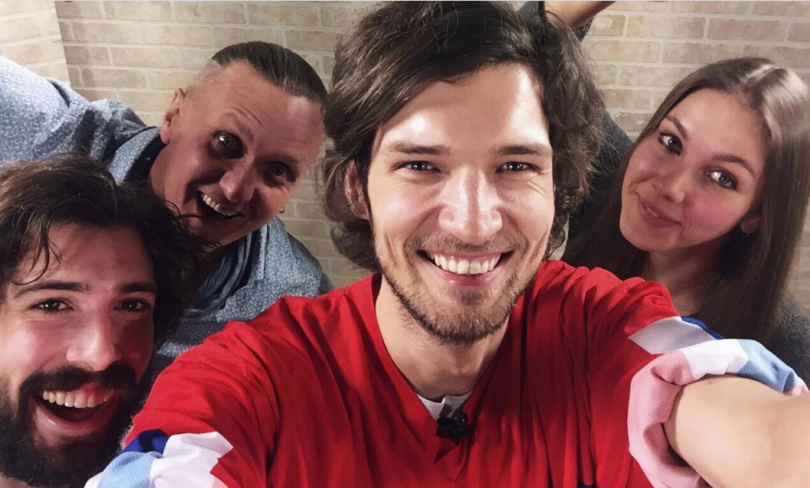In the past three decades increasingly negative attitudes of audiences about the news media have been widely researched by communication professionals (Tsafati 2003). Cappella and Jamieson (1997, p. 228) argue that ‘less than twenty-five years ago [the institutions of news] were the paragons of trust’. And now all media organisations are surrounded by a grey cloud of scepticism.
One of the main reasons for that is the lack of certainty within the industry. Due to the fast – moving information landscape a high percentage of content gets published unchecked, unconfirmed.
Great competition among institutions of news results in exaggerated facts and working by ‘catch attention at any cost’ principle. There are many questions surrounding objectivity of journalists; there are systematic defamation cases. Media Alliance Code of Ethics is covered in dust.
We are moving away from our audiences without realising the importance of building a strong relationship. It is now greater than ever. Deleting comment sections from our websites is the worst thing we can possibly do to journalism. 2016 is the turning point for public trust of the media: we must and will earn it back if we demand change from each other.
We need to be good friends with those who read/watch/listen to us; and we need to talk to each other as good friends do: no tricks. We have to be not 99,9 but a 100 precent honest with each other. It might sound unrealistic but this is the cure for all our diseases.
It’s not a crime not knowing something and it’s okay to say so. Making facts up won’t make your organisation better: it will make it a cheap theatre. Deep knowledge on the subject and clear accessible presentation is what I think 2016 journalism should be aiming for.
And deep knowledge can only be achieved by slowing down. Not pushing the information out as soon as one of your reporters sends it to you from a cab but processing it, and then processing three more times.
We must start not just working for our audiences, but with them, being brave and reaching out, instead of asking audiences to come to us (De Aguiar). Experts aren’t always the solution. Go to the forest to look for Tarzan and tell his story to the world for the first time. Do it creatively, differently. Move as far away from the sample as you possibly can. Give people an opportunity to tell their story (that maybe has never been told before) the way they want it to be told. This is the experience that constitutes the foundation of trust between who is talking and about whom. Being closer to each other will allow us to achieve much higher levels of content quality.
I had a chance to speak to Natalya Warlond, a Russian journalist who used to work for MTV Russia. Natalya told me about their work process and about why she left the company.
Natalya Warlond About Her MTV Russia Experience And the Concept of Slow Journalism
No Description
Footage provided by Natalya Zyatkova, MTV Russia
There already are many news organizations and projects which understand how important it is to bring ourselves closer to our audiences. ProPublica, KPCC in southern California, Jersey Shore Hurricane News, the Listening Post in New Orleans, the Center for Investigative Reporting, Billy Penn, De Correspondent, the 19 Million Project and many more are now doing quality, innovative, people-first journalism. Such tools and platforms like Hearken and GroundSource are supported by many to help newsrooms reach and collaborate with new, younger, and more diverse audiences (De Aguiar). ABC is constantly talking about broadening their contact book, bringing more voices in. All these organisations understand that we need to be firstly, original and, secondly, patient. Good work takes time to produce.
Some organisations aim to be this way and within some, strangely, it’s natural. I worked in a place like that. It was a tiny Russian TV channel called Katun24 in a tiny town called Barnaul, in Siberia. It was one of those towns where if you walk a hundred meters on the main street you will say hello a hundred times.

Katun24 studio. After shooting.
Never in my scarce journalism career I felt so happy to be a journalist. We were just doing our job. Going out, getting the interviews, coming back; then looking through the interviews and going to get more the next day. And if we felt we could make the story even better by getting another point of view, we’d go again the day after that. There were only two TV channels producing regional news, so, there was no competition whatsoever.
Today a lot of content is produced based on interviews taken over the phone. When you have to do two four-minute stories a day, you just don’t have the luxury of meeting people face-to-face. Back where I used to work we had several days to produce a three-minute news story. And this made the content we produced personal, insightful, and emotional.
Jan Schaffer in her article Journalism as Relationship Building says: “Future journalists should take note: journalism as an act of relationship building can create a different value proposition. And it can produce better journalism and more meaningful metrics than journalism as an act of reporting and distribution.”
And the money will come if the audiences feel valued and included in our content. More money than for being the first, I reckon.
Bibliography:
Cappella, JK, Jamieson, KH 1997, Spiral of cynicism: the press and the public good, New York, Oxford University Press.
Choi, J, ‘Engaging Audiences For Civic Discourse’, Neiman Lab, viewed 2 August 2016, <http://www.niemanlab.org/2015/12/engaging-audiences-for-better-civic-discourse/>.
De Aguiar, M, ‘Building News With, Not Just For The Community’, Neiman Lab, viewed 2 August 2016, <http://www.niemanlab.org/2015/12/building-news-with-not-just-for-the-community/>.
Proud, K, ‘A Turning Point For Trust’, Neiman Lab, viewed 2 August 2016, <http://www.niemanlab.org/2015/12/a-turning-point-for-trust/>.
Schaffer, J 2015, ‘Journalism As Relationship Building’, Neiman Lab, viewed 7 August 2016, <http://www.niemanlab.org/2015/12/journalism-as-relationship-building/>.
Tsafati, Y 2003, ‘Media Skepticism and Climate of Opinion Perception’, International Journal of Public Opinion Research, Volume 15 Issue 1 March 1, viewed 5 August 2016, <http://ijpor.oxfordjournals.org/content/15/1/65.full.pdf+html>.

